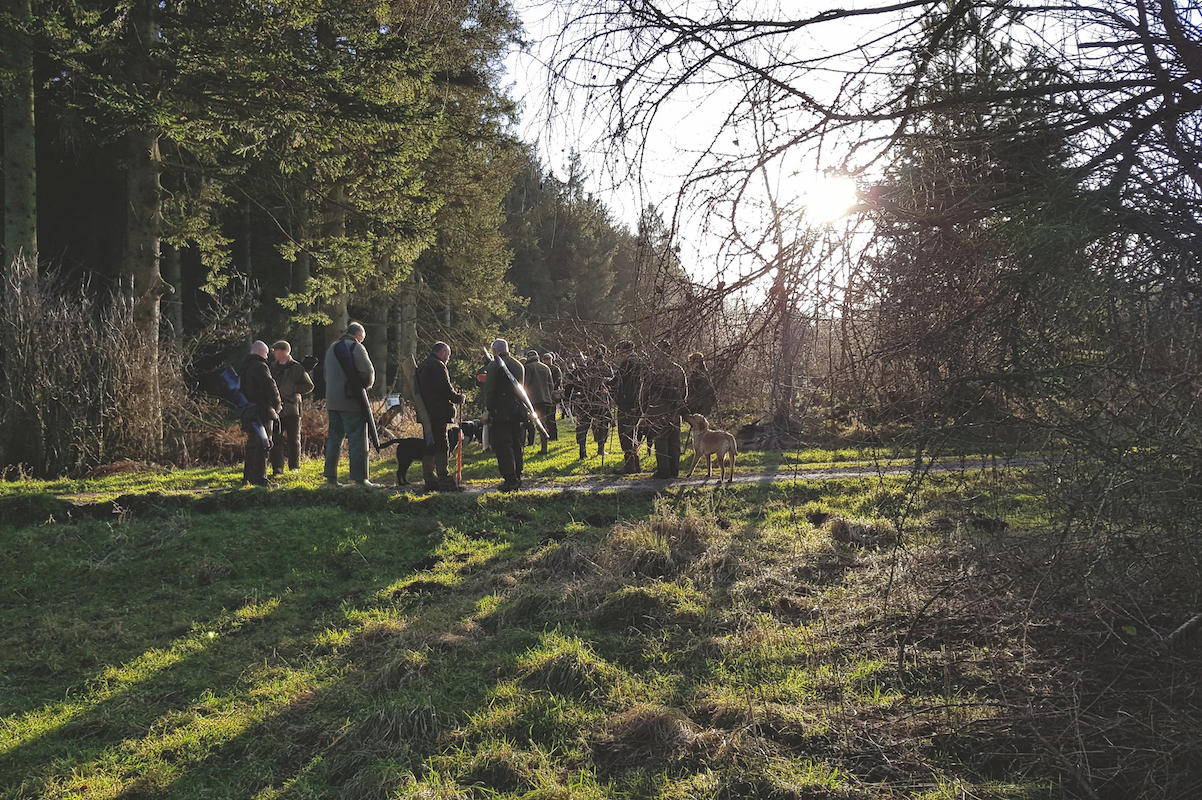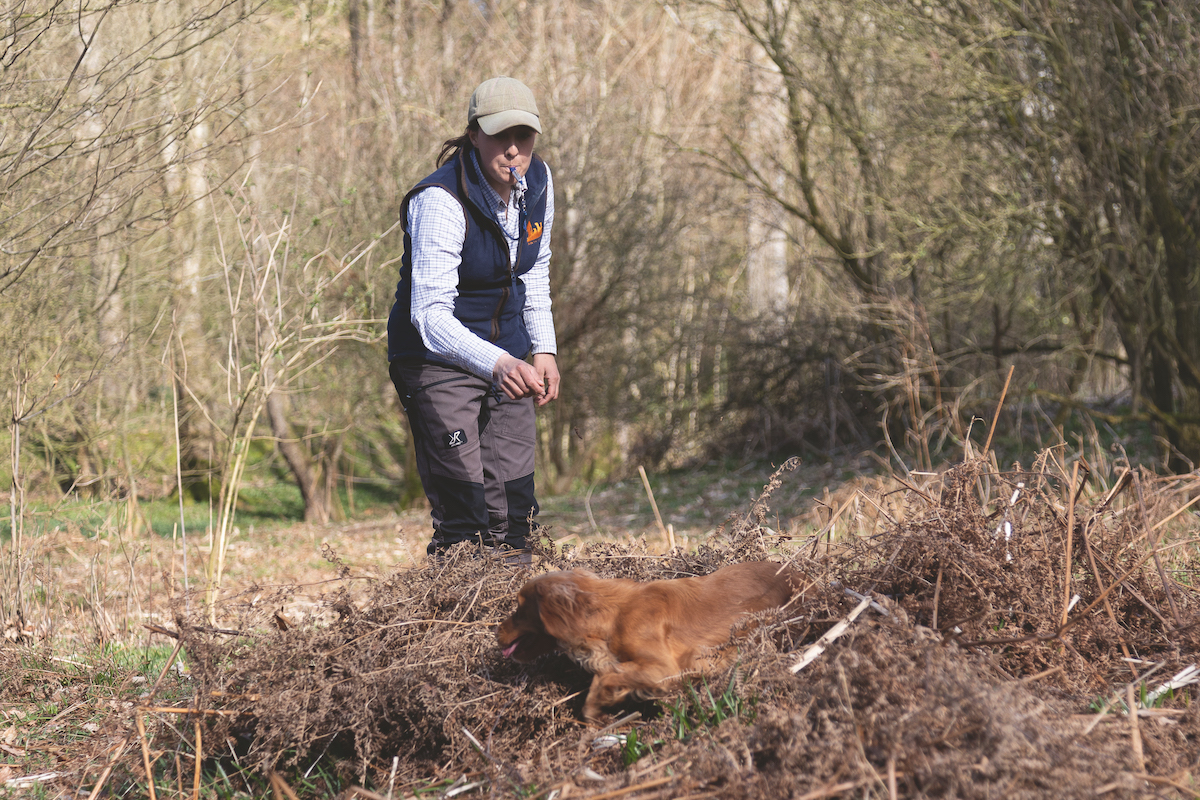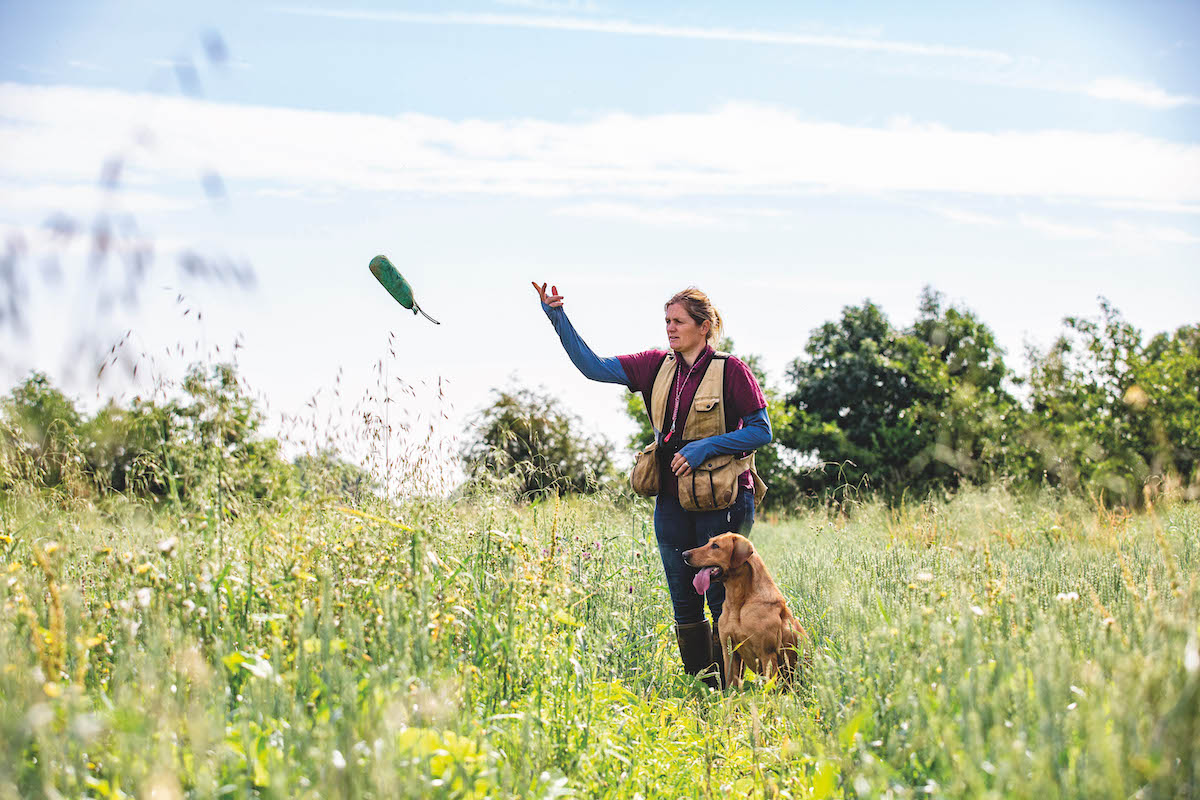The sniff of success
Join Ryan Kay as he navigates the fascinating dynamic between a handler and their canine companion

The phrase “he’s got a good nose!” regularly punctuates conversations at shoots, often uttered with a degree of pride by dog owners recounting tales of exceptional retrieves. Stories might involve their dogs scaling trees or swimming great distances to claim the day’s most robust running cock bird. In fact, some enjoy voicing this phrase almost as much as those in the beating line relish shouting “woodcock”, irrespective of the bird’s flight direction.
All dogs, without a doubt, possess a good nose. Certain breeds, particularly the hound breeds, are regarded as having superior scenting abilities, with gundogs – particularly the labrador – also high on the list. Scientific estimates suggest a dog’s nose is anywhere from 10,000 to 100,000 times more potent than a human’s. However, in the context of a gundog operating in the field, its effectiveness lies in how it uses its nose in tandem with its handler, rather than using it independently.

Trust between dog and handler is vital when it comes to hunting game
The handler-dog partnership
Trust becomes crucial when hunting with a spaniel because the dog alone can smell the game. However, we handlers, with our elevated vantage point, can anticipate potential game-holding cover ahead. Our role is to guide the dog towards areas where game might be hiding. The dog then needs to trust that the handler’s directions could lead to a rewarding find. The value of fresh scent is such that a biddable hunting dog will continually trust the handler’s instructions to inspect cover, anticipating that it may lead to a rewarding flush at some point. This partnership operates both ways; we also need to learn to trust our dogs. A seasoned dog doesn’t necessarily need to penetrate every patch of cover; it merely needs to pass it wind-side to decide if it warrants further exploration. Recognising when a dog has performed this task is better than incessantly shouting “get in there” at the side of the cover.

All dogs are born with an instinctive ability to use their nose, but training puts that ability to its best use
Behind the ‘good nose’ comment
The comment “he’s got a good nose on him” is often used as a guise for its actual meaning: “He went astray and didn’t listen.” As stated, all dogs have a good nose. The critical aspect is whether they utilise it to efficiently translate scent, or in simpler terms, their game-finding ability. Decoding scent while on the move also requires maintaining a connection with the handler. This demands a certain type of intelligence; it’s no surprise that the fastest hunting spaniels are among the brightest. As scent messages are absorbed and processed, the brain determines the dog’s direction or cover to find the prize. A quick-thinking dog that also synchronises with its handler is indeed a clever canine.
A case of misdirected talent
We all probably know the name of that one dog on a shoot, typically because we’ve heard it far too often during the day. This is the dog that appears in front of the Guns from the beaters’ line just moments after the whistle has sounded. It has dashed through the covercrop alone in seconds, dropping off a pegged bird along the way. As paradoxical as it might sound, these are the types of dogs I desire. However, I don’t mean after they’ve gone feral! I refer to the quick learners that were exposed to scent inadvertently, perhaps during a walk or before control was established on less stimulating terrain.

As scent particles are processed, the brain determines the dog’s direction to find the prize
The young springer
I remember witnessing a young springer on its first shoot at just nine months old. Its owner explained that the experience was entirely new to the dog and it had never been near game before. Despite this, he was adamant that “he’s got a good nose on him”. While the dog was investigating some rough grass, a hare suddenly darted out and ran directly towards us, before making a hasty U-turn across the field. Unaware of the hare’s bolt, the young springer continued to potter in the grass. But moments later, the dog’s instinct ignited.
The springer accelerated, picking up scent particles that were now in the air and on the foliage. As the dog’s nose touched the ground, it shot out of the rough and straight towards us. Upon reaching our feet, it realised it had strayed from the scent trail and swiftly readjusted its course, gaining speed as it faithfully tracked the hare’s path. We observed in awe as the young springer’s natural ability unfolded, and it vanished across the field in pursuit.
What I had witnessed was undeniably a talented dog. Its ability to adhere to the scent line, and the swiftness with which it corrected its course upon straying, testified to its natural skill. Predictably, we all quickly became familiar with the name of this capable dog. As the now-absent springer receded into the distance, the unruffled owner leaned on his stick, turned to me, and casually affirmed, “Aye, I told you, he’s got a good nose on him!” Well, he wasn’t wrong!








